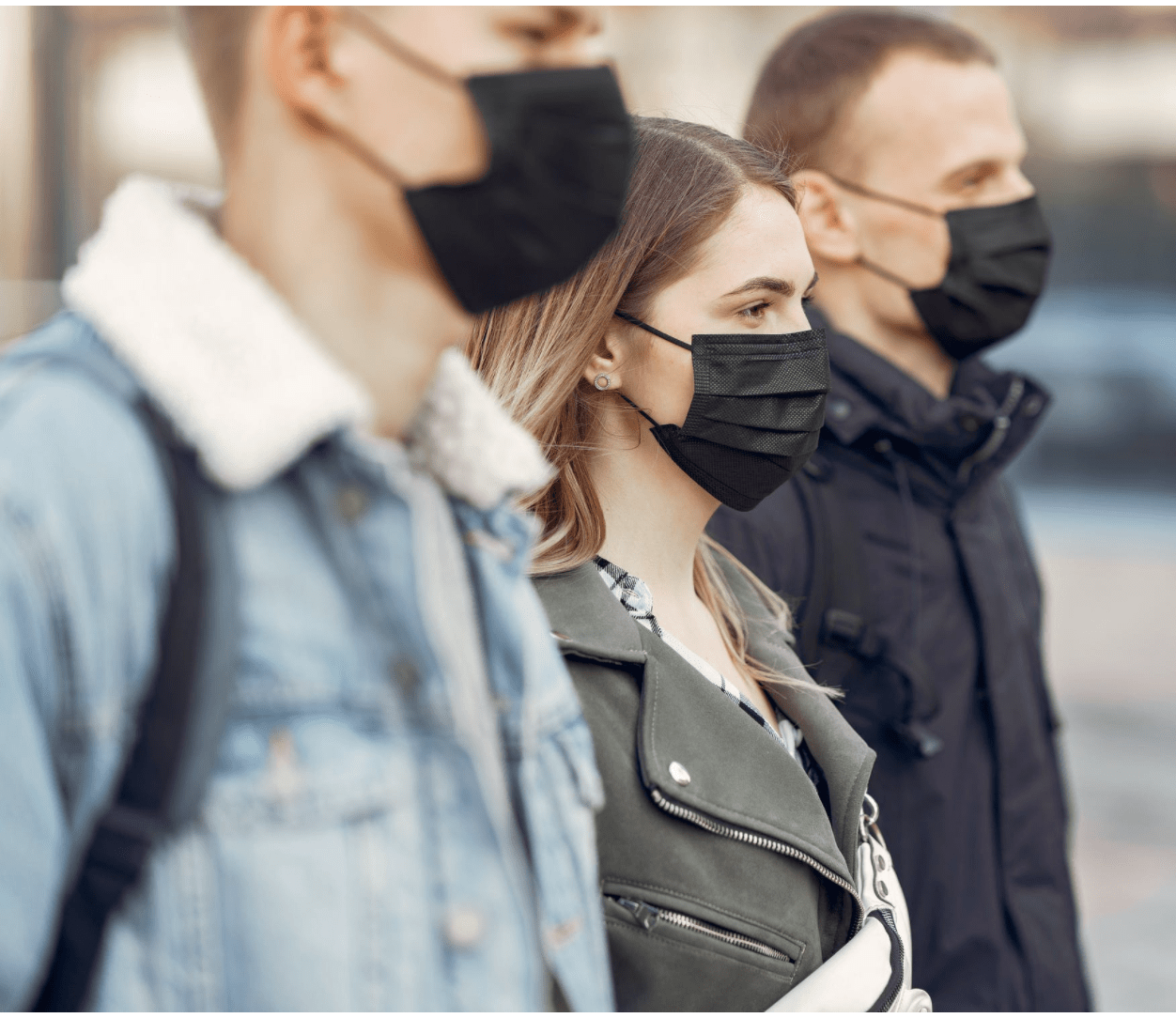Almost no one who contracted the novel coronavirus in China during the early days of the pandemic became infected in an outdoor setting, a new study finds — which is promising news for bikers and walkers.
In a study of 1,245 cases that occurred across China from January 4 to February 11, only two cases were traced to contact with an infected person out of doors. Both cases arose from a single outbreak. (We've approached the researchers for comment on whether the setting for the outbreak was a sidewalk, a bike lane, or a hug between friends; we'll update this story if we learn.)
The researchers noted that they elected to exclude from the data the province that underwent lockdown the earliest — Hubei, which locked down on Jan. 23 — meaning that the low outdoor infection rate didn't stem from the fact that the population was sheltering in place. The vast majority of COVID-19 patients' suspected initial exposures came from close contact with someone inside their own houses (79.9 percent), or from someone they interacted with on indoor transportation (34 percent). In case you're wondering why those numbers don't add up to an even 100: many were exposed to the virus both at home and in transit around their suspected infection date, but it's not clear which exposure resulted in the initial infection.
Experts think that the researchers sourced their numbers from China's deep bank of data surveillance on its own citizens — a horrific program that, for better or worse, is likely responsible for one of the most complete contact-tracing data sets anywhere.
Even so, the study, which is undergoing peer review, comes with significant asterisks. For one, mask use for outdoor travel has been commonplace in China since at least the 2002 SARS outbreak, which may help explain why at-home infections, where the masks come off, were so much more common.
Moreover, even the most sophisticated contact-tracing technologies aren't 100 percent accurate — especially when it comes to pinpointing transmission between strangers. Cell-phone data usually can't replicate an infected person's exact path of movement, much less the movement of everyone around him; only about 50 percent of Chinese residents even have a smart phone. And even among those who do, mobile location data is phones is only reliable up to 30 meters — which means it's hard to tell exactly who a person COVID-19 stood next to on the subway. Given the uncertain level of accuracy, it's not clear if the Chinese data might over estimate the range of possible contact in some cases — marking everyone in the subway car and the station beyond it as a person who has been "exposed."
But the fact that virtually no one appears to have contracted COVID-19 outdoors, despite all but certain exposure to people with the virus on the street, is probably not an anomaly.
Outdoor environments are notoriously inhospitable for the transmission of airborne viruses, simply because in order to infect a new host, a sufficient number of airborne particles must stay in place long enough for someone else to inhale them.
"Ventilation has a great deal to do with whether a virus stays in one place in air and whether a person actually has an opportunity to become exposed to it," said Dr. Gregory A. Storch, director of the virology laboratory at Washington University in St. Louis. "That's true of viruses in general, and it seems to be true, at least from what we know so far, of COVID-19."
In other words, the moment an infected pedestrian exhales, the wind and even slight movements of air start to blow around the viral particles. Unless you immediately walk into that particulate cloud without a mask, experts believe your chances of transmission are likely pretty low. If the same person exhales in a room with no windows, the particles don't dissipate nearly as quickly.
Researchers like Storch would like to see similar contact-tracing studies performed in the United States — although without the invasive state surveillance. And since health departments are already hiring human contact tracers to perform outbreak investigations, we may have even more evidence soon that active transportation is among the most COVID-safe ways to get around. But let's wait for the science — and in the meantime, don't forget to wear your masks, keep your distance, and wipe down your handlebars.






